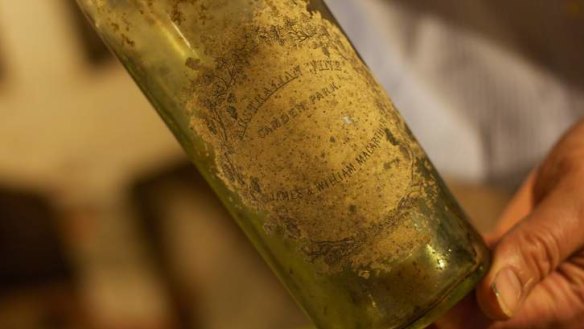How to find the value of old wine

I have inherited two cases of wine a relative kept under his house. Some of the labels are hard to read but they appear to be French and date back to the 1970s. I am hoping it is of some value but am not sure where to start.
Are you, perchance, a fan of Antiques Roadshow? Do you barrack for the 'umble viewer who has fronted up with a great-aunt's gilt-edged bread-and-butter plate, hoping it will turn out to be 1760s Meissen and worth a motzah? Does your heart sink in sympathy when said plate is outed as 1980s Franklin Mint, worth about $2.96?
For your sake I hope your inheritance turns lout to be the equivalent of 18th-century porcelain rather than 20th-century tat. It would be a good start if those labels carried the names of big-league chateaux such as Lafite, Margaux or D'Yquem - all Olympic-level performers in wine auctions - but there are less celebrated producers whose wines change hands in the secondary market.
You could start by contacting an Australian auction house specialising in wine and asking for an appraisal. They will need to know exactly what the label says (it can help to send close-up photographs) and how the wine has been stored. For example, if ''under the house'' means ''in a purpose-built cellar'', that's good. If it means ''in the space between the hot-water tank and the spider nest'', not so good. They may want to know about the appearance of each bottle: are labels and capsules protecting the cork intact? Another thing likely to interest them is ullage, wine-speak for the little bit of air between the surface of the wine and the seal; depending on the variety of wine and its age, the amount of head space in the bottle offers clues to the wine's condition.
Unless your wine is a well-known name in good nick, its age is likely to mean it's worth little. If that's the case, you may as well open one. If it's no good, and chances are it is long past its best, try another. Over many years, small variations at the time of bottling - for example, an imperfect cork seal - are magnified and can cause individual bottles of the same wine to age differently. People in the wine trade have a saying that ''there are no great old wines, only great bottles''.